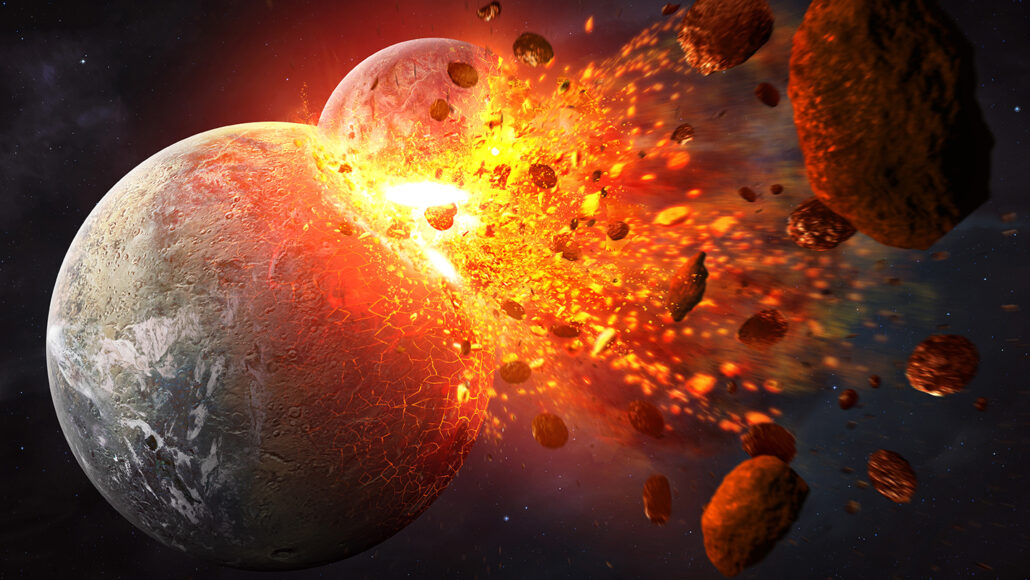
The Origin of Earth's Moon and its Impact on Plate Tectonics
The Earth's Moon is a fascinating astronomical body that has intrigued scientists and astronomers for centuries. Theories about its origin have evolved over time, but the most widely accepted theory is that it was formed as a result of a giant impact between Earth and a Mars-sized body called Theia. This event, which took place around 4.5 billion years ago, had a profound impact on the evolution of our planet, including the development of plate tectonics.
The Giant Impact Hypothesis:
The Giant Impact Hypothesis is the most widely accepted theory for the origin of the Moon. According to this theory, a Mars-sized body named Theia collided with the early Earth, causing a massive explosion that ejected debris into space. This debris eventually coalesced into the Moon.
Also Read:
- Polar Bear vs Moose - Which Cold Weather Behemoth Would Win in a Fight?
- Canadian Woman Sues Fortnite Creators in Class Action Lawsuit
Evidence for this theory includes the similarities between the composition of the Earth and Moon, the Moon's relatively large size compared to other moons in our solar system, and the fact that the Moon's orbit is in the same plane as Earth's equator.
Impact on Plate Tectonics:
The impact that formed the Moon had a significant impact on the development of plate tectonics on Earth. Plate tectonics is the scientific theory that explains how the Earth's outer shell is divided into several plates that move and interact with each other over time. These interactions give rise to various geological features, such as mountain ranges, volcanoes, and earthquakes.
The impact that formed the Moon is believed to have created a molten magma ocean on Earth, which eventually solidified to form the planet's crust. This process was crucial for the development of plate tectonics, as it created a strong, solid outer layer that could move and interact with other plates.
Additionally, the Moon's gravitational pull has had a significant effect on plate tectonics over time. The Moon's gravity causes the Earth's crust to bulge slightly, creating tides in the oceans and stress on the Earth's crust. This stress can cause earthquakes and volcanic activity, which are essential for the movement of plates and the evolution of the Earth's surface.
The origin of the Moon remains a fascinating subject for scientists and astronomers alike. The Giant Impact Hypothesis is currently the most widely accepted theory for the Moon's formation, and its impact on the development of plate tectonics on Earth cannot be overstated. The Moon's gravitational pull continues to shape our planet's surface, and its influence will be felt for millions of years to come.
Read More:
- The Pros and Cons of Smart Wearables for Mental Health
- MSI Malaysia Offers Generous Discounts on Laptops During Ramadan Month
That's it for this article.
Thanks for Visiting Us – fixyanet.com




0 تعليقات